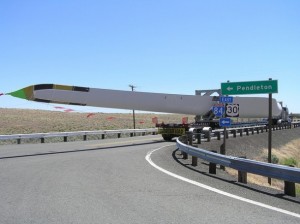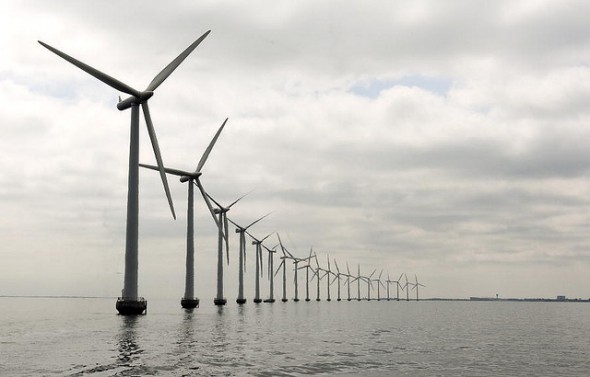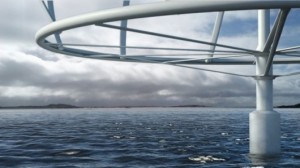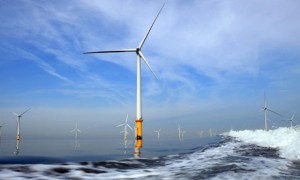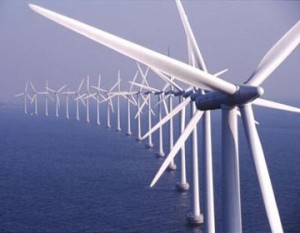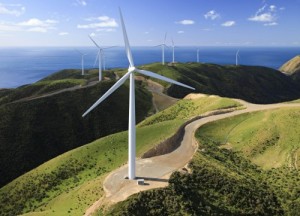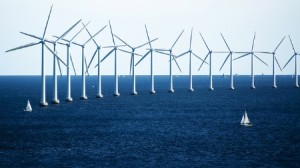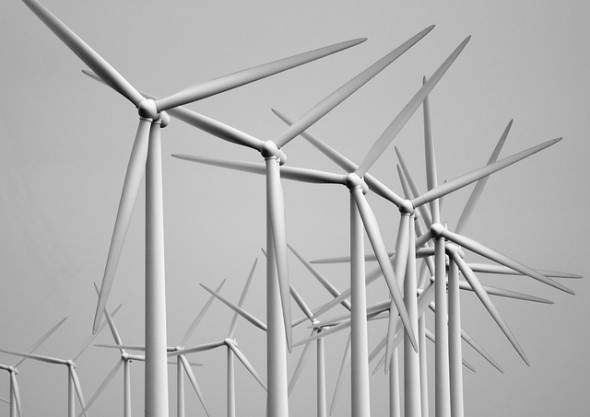
I just read an interesting story on Chinese news site Xinhuanet, of all places, on wind power in Denmark and how a cooperative ownership model has allowed the Danes to leap over the NIMBY hurdle that stops or stalls so many wind power projecs (and energy projects, in general).
“The Danish cooperative model involves private persons in the ownership of wind turbines, because you want the project to be accepted, and also to avoid the NIMBY or, ‘Not In My Back Yard’ effect,” said Hans Christian Soerensen, board member of the Middelgrunden Wind Turbine Cooperative.
Very logical. Want someone to not complain about a major, noticeable change in the area? Bring them into the project!
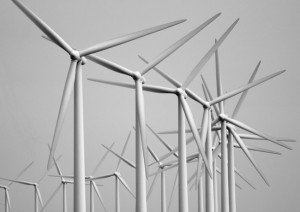
 Follow
Follow